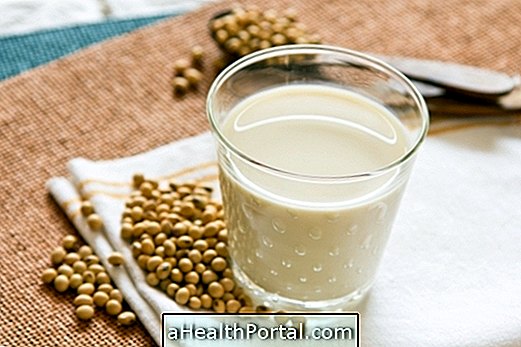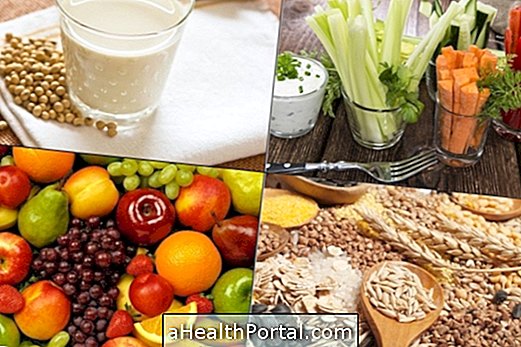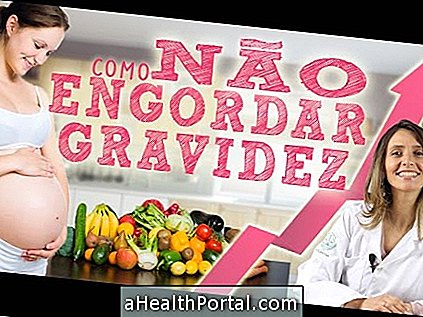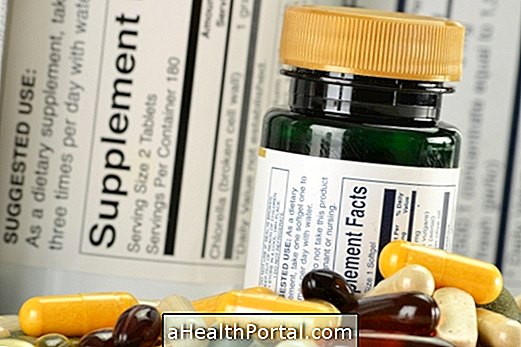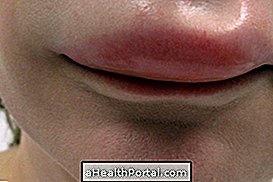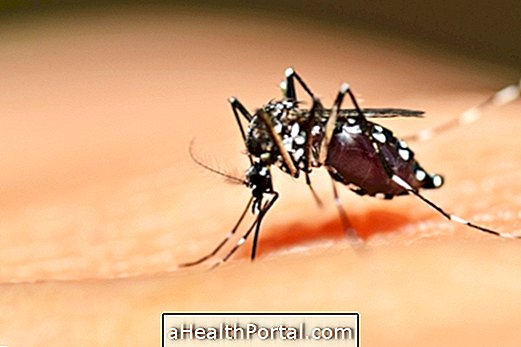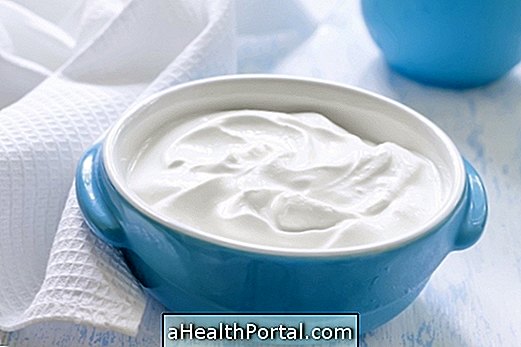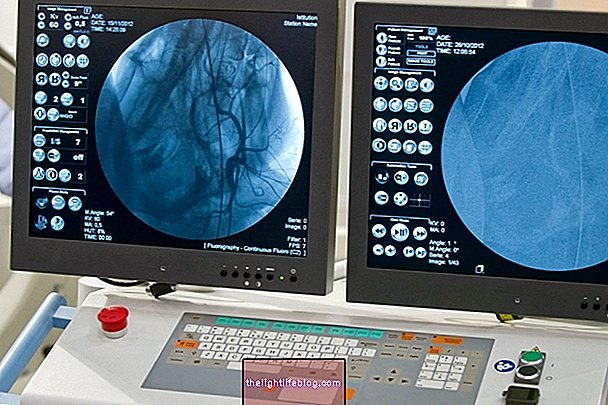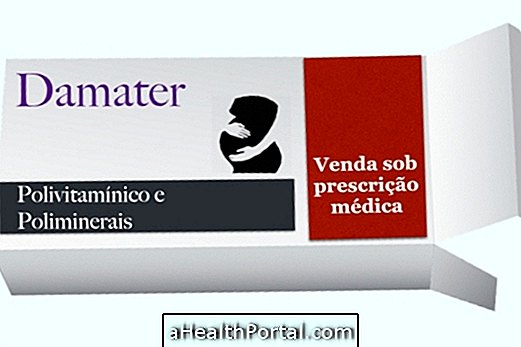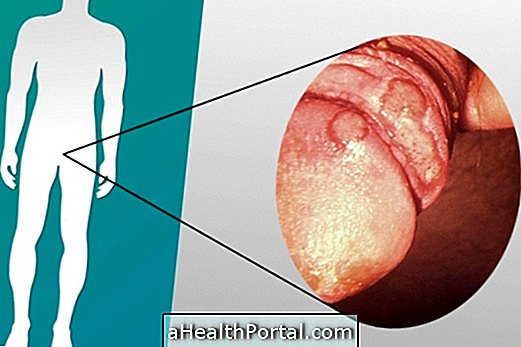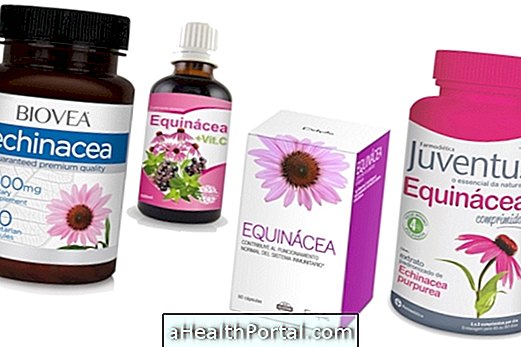Some foods rich in glutamine can be yogurt and eggs. In fact, glutamine is an amino acid formed from other amino acids, such as glutamic acid, valine and isoleucine - which are present in the foods mentioned.
Glutamine does not gain weight because it does not promote fat build-up, but because it helps increase muscle mass, it can help increase weight.
How to take glutamine: supplements can be used only with glutamine or also with other amino acids. For supplements with glutamine alone, you can take 10 g daily, divided 5 g after training and 5 g before bed. You can take it with water or another protein supplement.
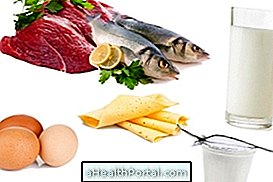
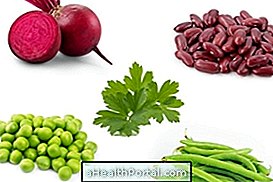
List of foods rich in glutamine
The main foods rich in glutamine are:
- Meat;
- Fish;
- Eggs;
- Yogurt;
- Milk;
- Cheese;
- Bean;
- Beans;
- Peas:
- Cabbage;
- Beet;
- Spinach;
- Cabbage;
- Parsley.
The amino acid glutamine is an amino acid produced by the body and is therefore said to be a non-essential amino acid.
What is glutamine used for?
Glutamine serves to strengthen the immune system and reduces breakage of muscle tissue, stimulates muscle growth and helps in the entry of amino acids into muscle cells to improve recovery from physical exercise.
Glutamine can be presented in the form of free L-glutamine or glutamine, as in most supplements, or dipeptide glutamine, as well as alfacetoglutarate (AKG) and glutamine malate. The L-glutamine form has the function of repairing the gut because it is the main energy source of the cells of the intestine. The glutamine dipeptide, AKG and malate forms, although more difficult to find, are better suited for sports nutrition supplementation, since they favor the preservation and growth of muscle mass.
It is used clinically in hospitalized patients to help improve the immune response, making treatment more efficient and thus reducing the length of hospital stay.
In addition to being present in foods, glutamine can also be consumed as a supplement for athletes, as this will see how and when to use.

